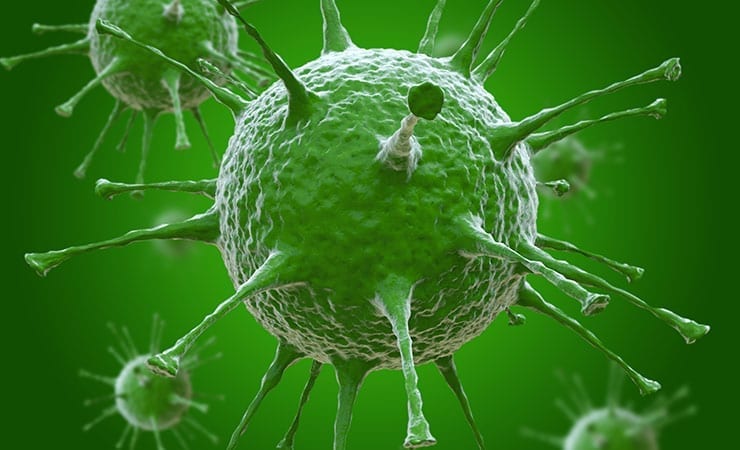In contrast to their negative reputation as disease causing agents, some viruses can perform crucial biological and evolutionary functions that help to shape the world we live in today, according to a new report by the American Academy of Microbiology.
“Viruses participate in essential Earth processes and influence all life forms on the planet, from contributing to biogeochemical cycles, shaping the atmospheric composition, and driving major speciation events,” states Marilyn Roossinck of Pennsylvania State University, a member of the steering committee that helped to organize the colloquium.
The report, Viruses Throughout Life & Time: Friends, Foes, Change Agents, is based on the deliberation of a group of scientific experts who gathered for two days in San Francisco, CA in July 2013 to answer a series of questions regarding the variety of roles that viruses play in the natural world.
“The inspiration for holding the colloquium was that recent metagenomics studies of viruses have indicated we know very little about the real world of viruses. Almost all published research is about the viruses that cause disease in humans and their domesticated plants and animals. This certainly represents only a very small fraction of the viruses that really exist,” says Roossinck. “It is very important to understand the real world of viruses, as this can inform our basic understanding of life and its origins, as well as major earth phenomena like carbon cycling.”
Beyond their pathogenic impact, the report examines in depth the size of the virosphere, the origin of viruses, the overlooked biological and microbial ecological role of viruses, and how these live forms have contributed to evolution. Additional highlights from the report explain how some viruses are commensal organisms or symbionts, their functioning in microbial communities, and their role in maintaining the biosphere. The array of responsibilities taken on by viruses is due to their incredible sequence diversity and genomic plasticity, referred to as viral dark matter.
The report concludes by stimulating the readers to think about key questions: “What if viruses had never existed on Earth? Would life have evolved quite differently”? Continued viral research will help to answer these enticing questions.
A copy of the report can be accessed for free at ASM Academy: Viruses Throughout Life & Time: Friends, Foes, Change Agents.
Source: American Society for Microbiology, adapted.



